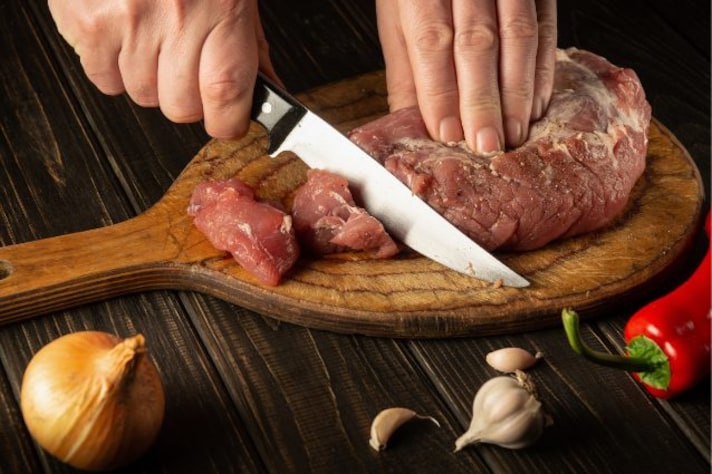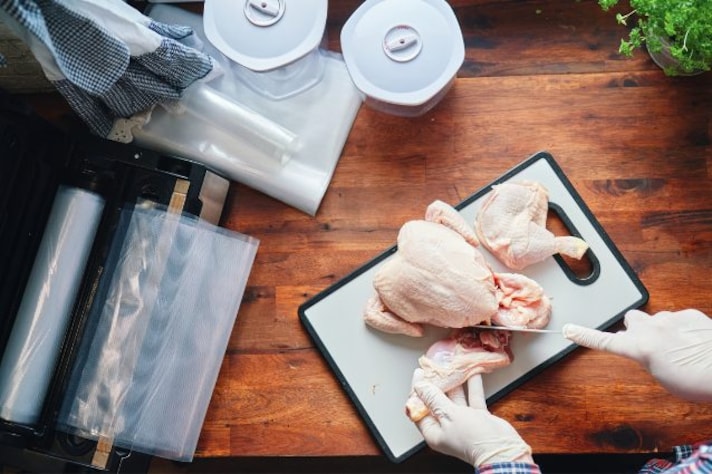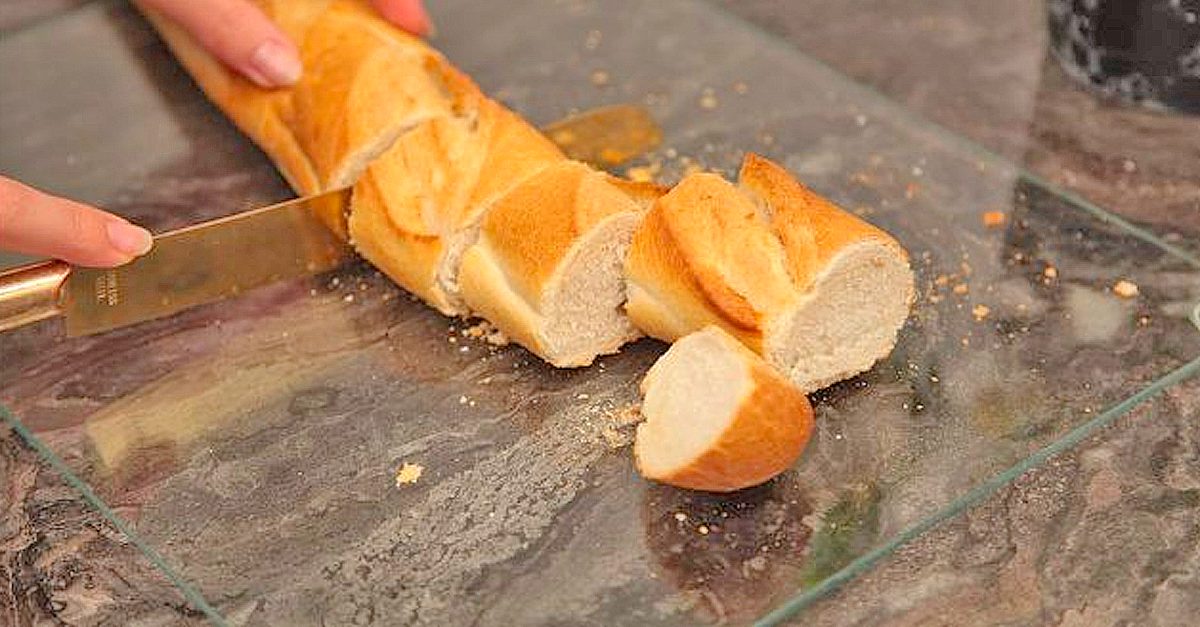Why You Should Never Use a Wooden Cutting Board to Cut Raw Meat
Wooden cutting boards, though popular, are not ideal for raw meat due to their porous nature, which can harbor bacteria and lead to cross-contamination. Plastic or composite boards are recommended for meat as they're non-porous and easier to sanitize. Using separate boards for different food types also reduces contamination risks.

Cutting boards are indispensable in any kitchen, providing a sturdy and safe surface for slicing, dicing, and preparing ingredients. There's a variety of cutting boards available, each suited to different tasks and ingredients. Among the most popular are wooden cutting boards, prized for their durability and aesthetic appeal. However, when it comes to handling and cutting raw meat, such as poultry or beef, you might want to think twice before using a wooden board. Let’s explore why this is the case.
Why You Should Never Cut Raw Meat on a Wooden Cutting Board
Wooden cutting boards are porous, meaning they have tiny, microscopic gaps where moisture can be trapped. When raw meat is cut on a wooden board, juices that contain bacteria can seep into these pores. These bacteria can then become harbored within the wood, leading to cross-contamination the next time the board is used, even if it has been washed. Cleaning a wooden board thoroughly can be challenging because the bacteria lodged deep in the wood are not always reached by regular cleaning methods. Additionally, sanitizing these boards without damaging the wood can also be problematic, as harsh chemicals or excessive moisture can compromise the integrity of the wood over time.

Another concern is the durability of wooden boards when exposed repeatedly to the enzymes and moisture from raw meat. Over time, these elements can degrade the wood, causing it to warp, crack, or develop grooves where bacteria can multiply unchecked. These crevices not only pose a health risk but also make the board difficult to clean and sanitize effectively.
Safer Alternatives for Handling Raw Meat
For handling raw meats, plastic or composite cutting boards are recommended. These materials are non-porous, which means they don’t absorb bacteria as wooden boards do. Plastic boards can be thoroughly cleaned and sanitized in a dishwasher, ensuring that all surface bacteria are destroyed. For those who want to balance safety with environmental concerns, there are high-quality composite boards made from sustainable materials that offer the same hygienic benefits as plastic but are more eco-friendly.

Additionally, using separate cutting boards for raw meats and other foods, such as vegetables or cooked foods, is a best practice that can greatly reduce the risk of cross-contamination. This method, known as color-coding, is often used in professional kitchens to keep different food types separate during preparation.
;Resize,width=767;)
;Resize,width=712;)
;Resize,width=712;)

